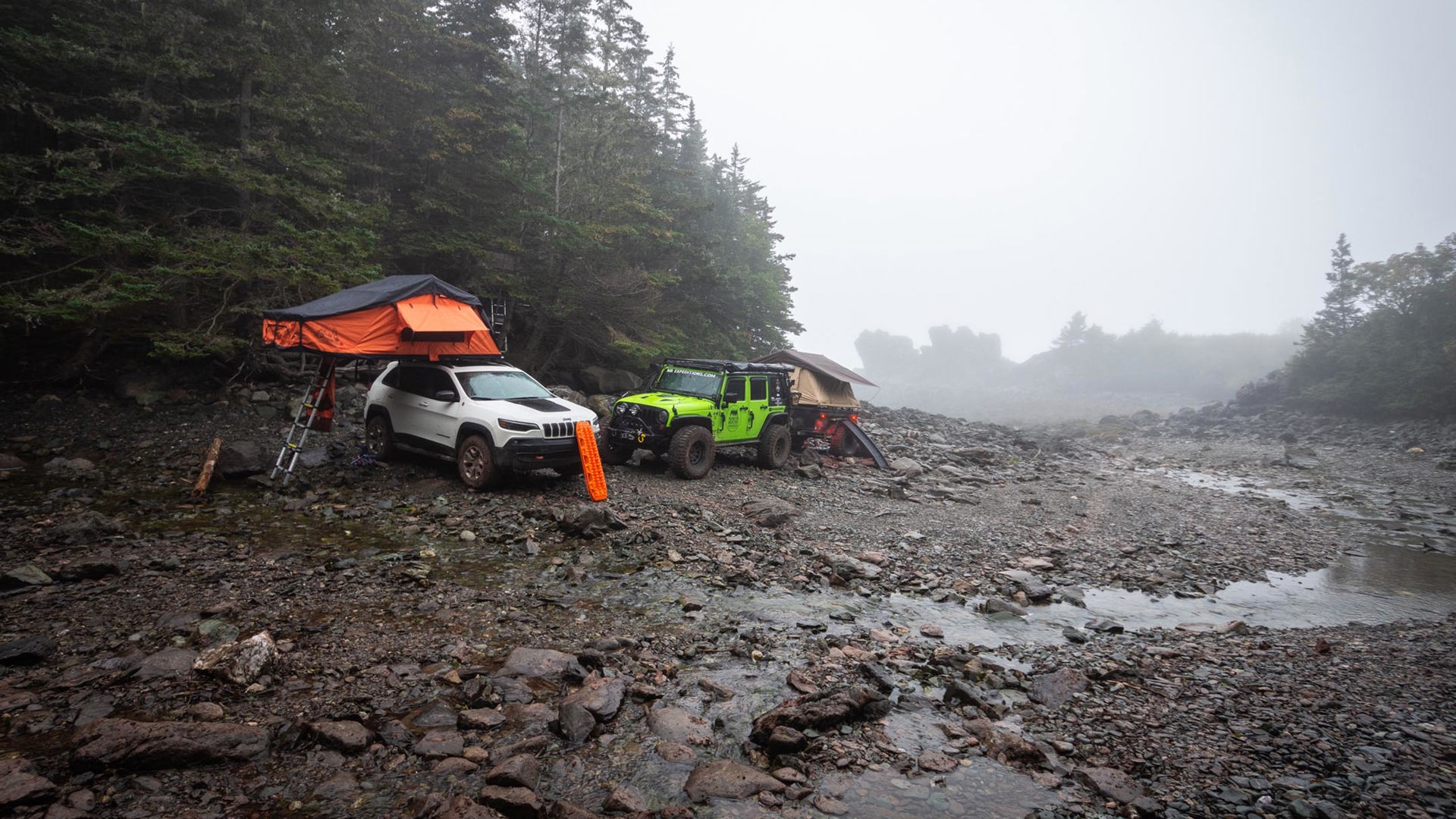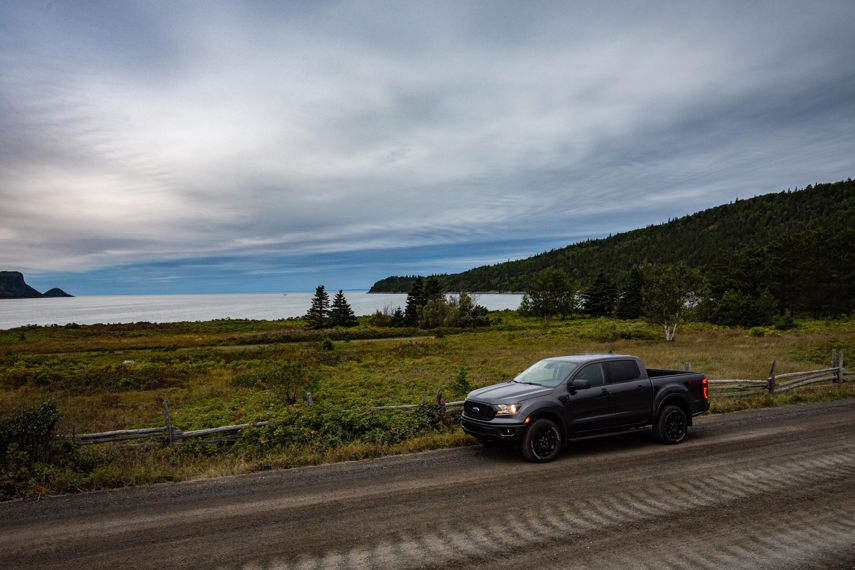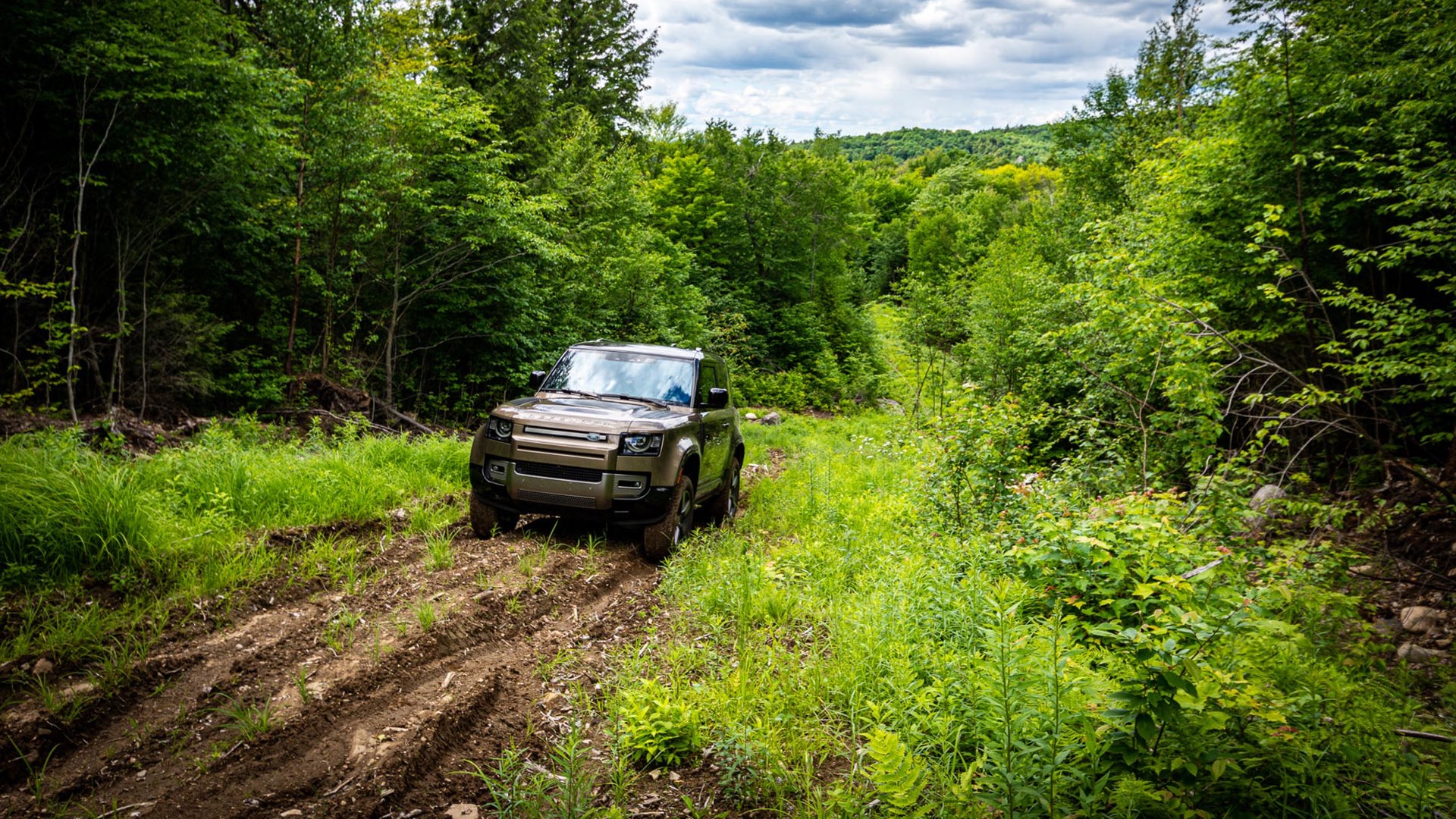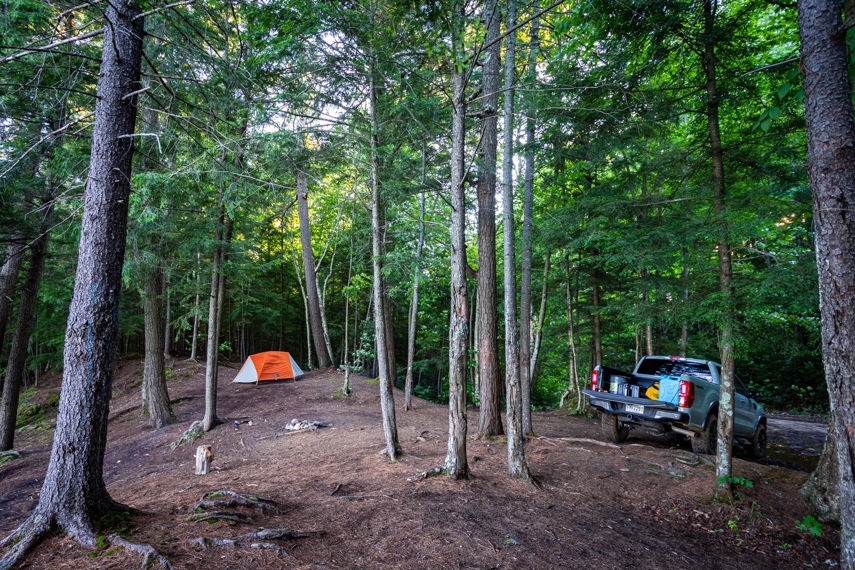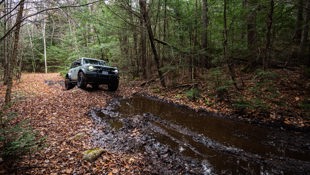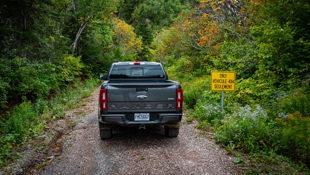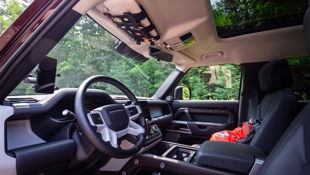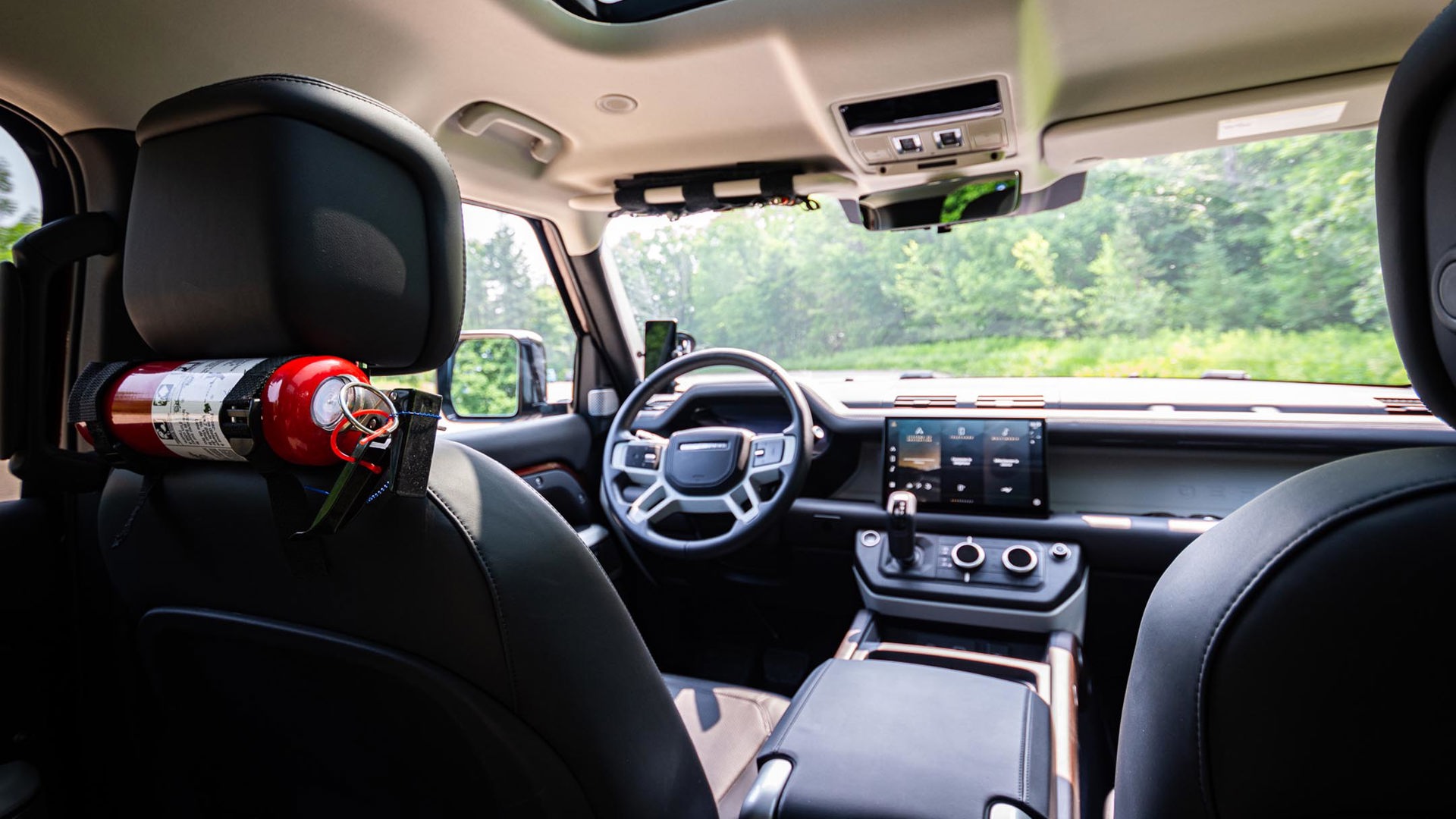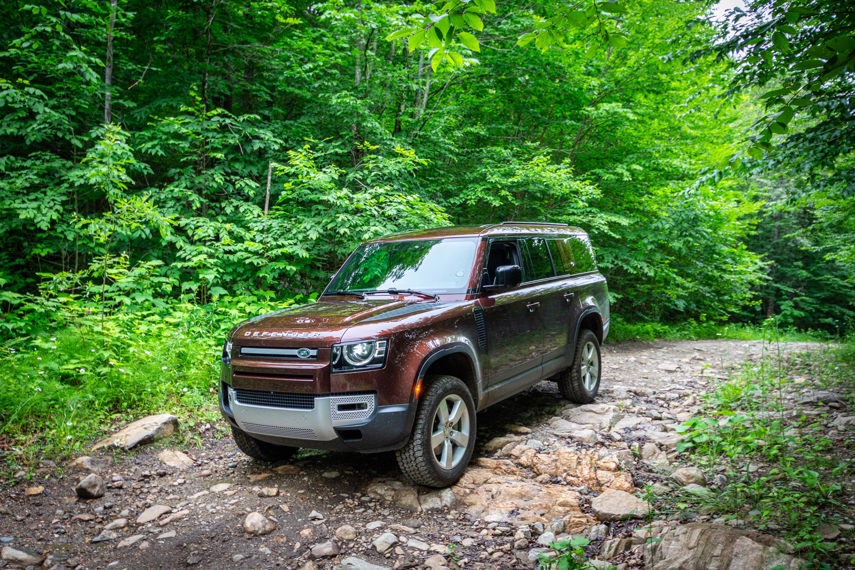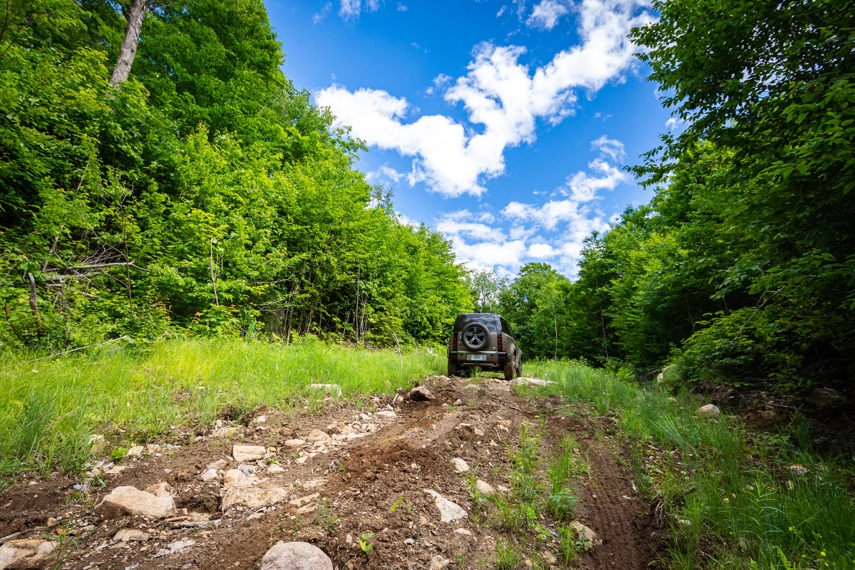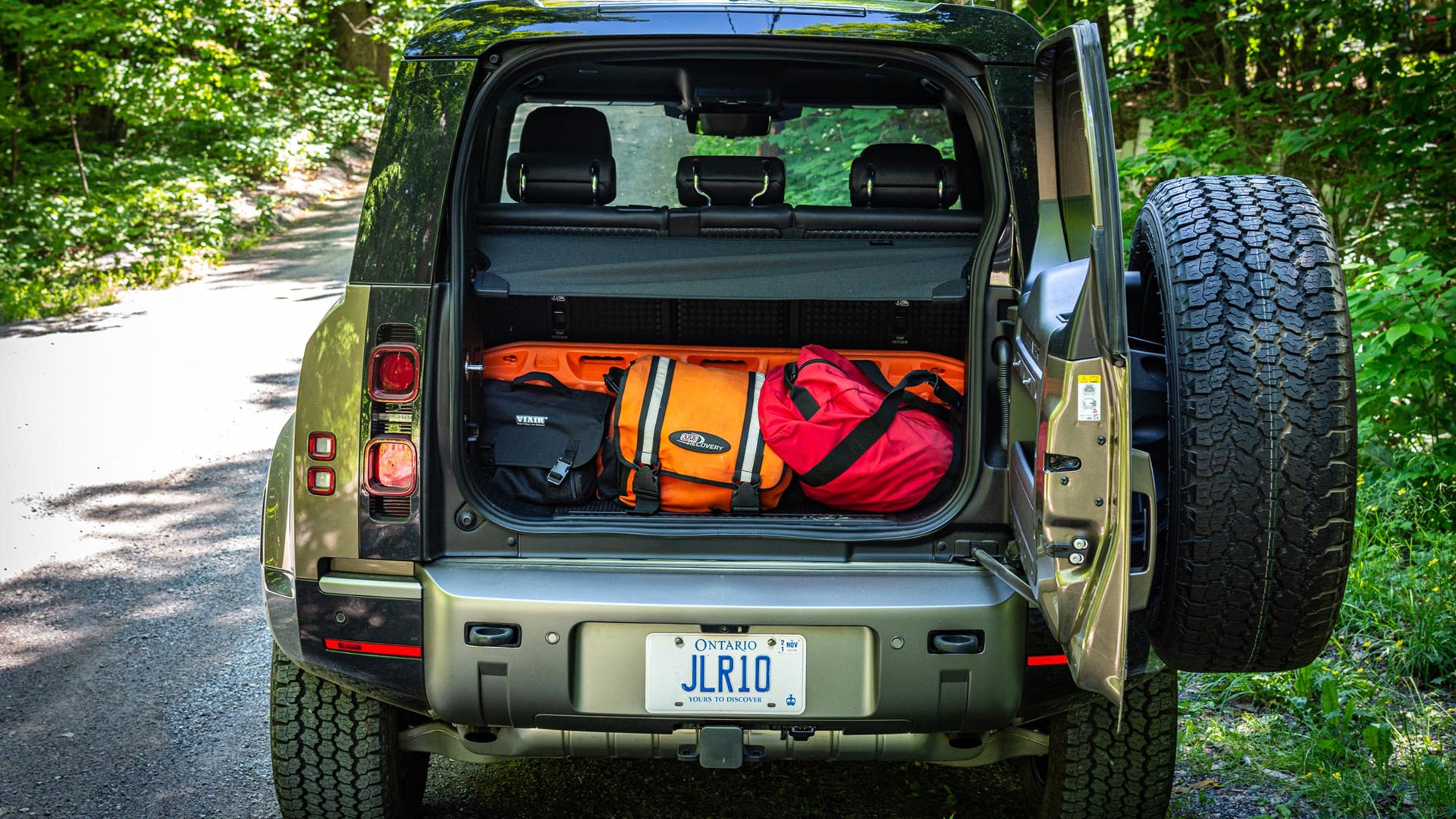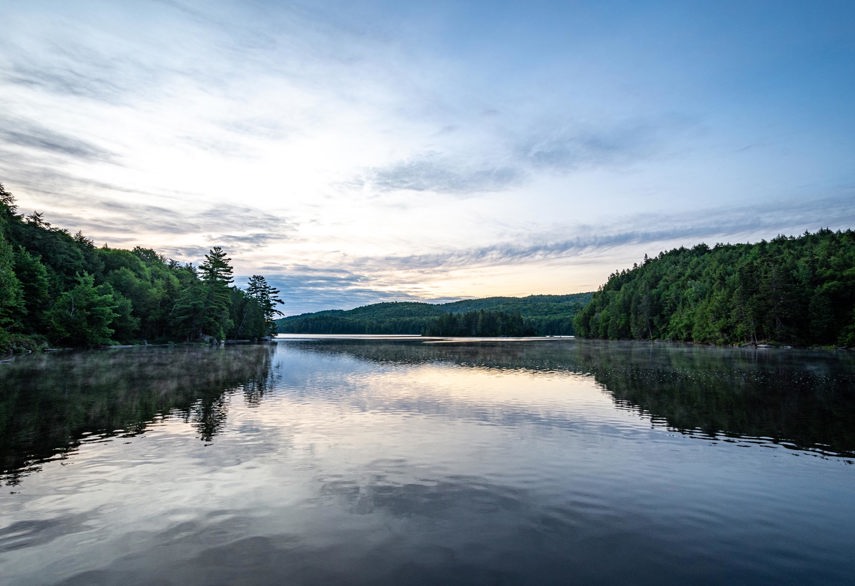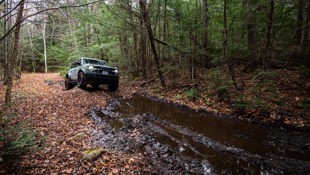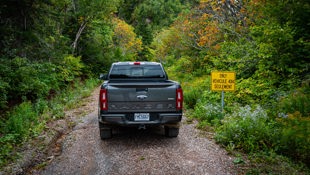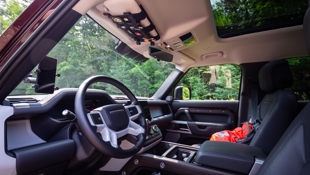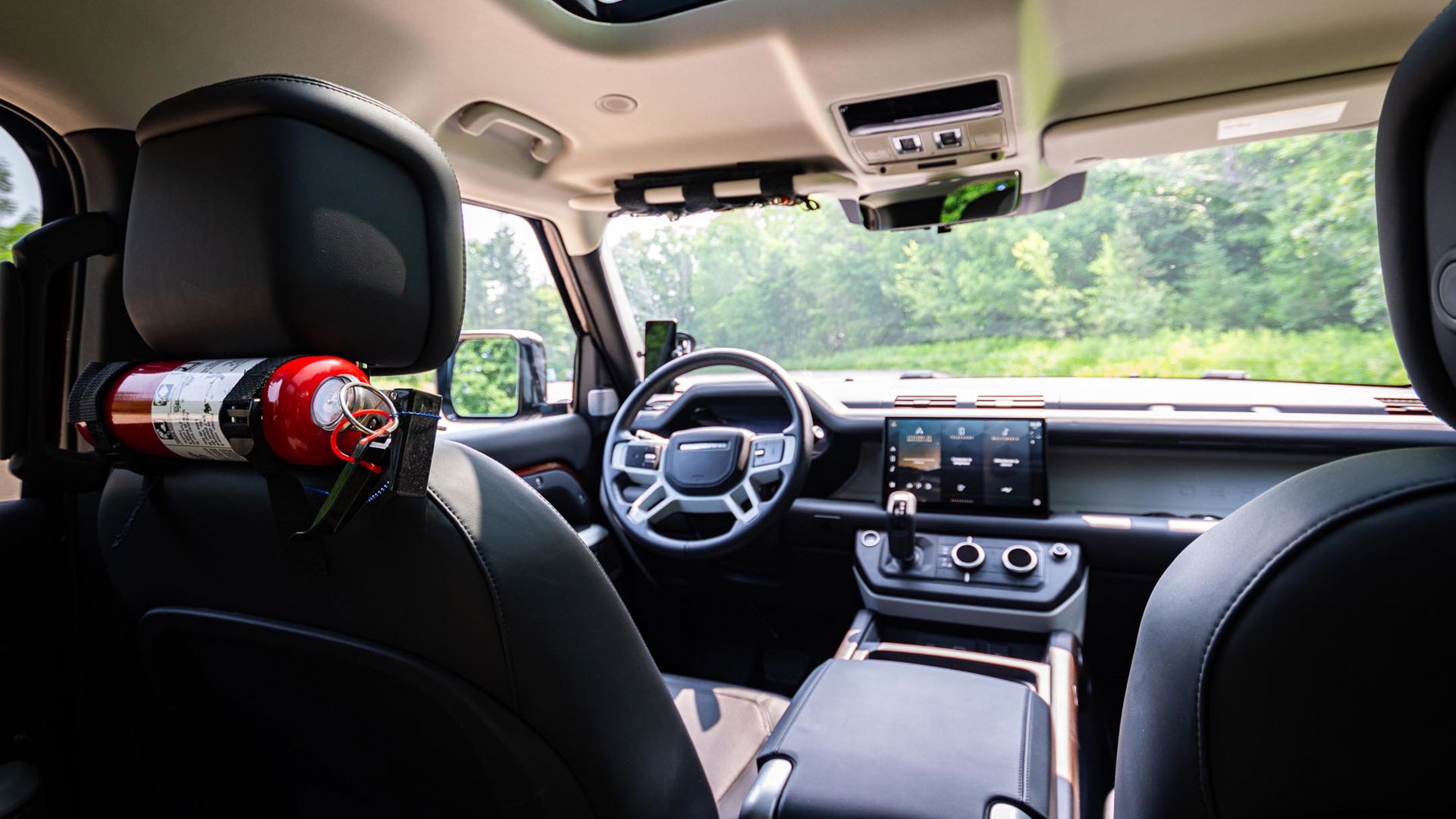Overlanding is a hot pastime these days, and car manufacturers have taken notice. We can now buy many new vehicles that can be taken on an off-road or overlanding adventure that are properly equipped right from the dealership showroom. Worldwide events we have seen during the past few years have also encouraged people to get away from it all and explore off the beaten path like never before.
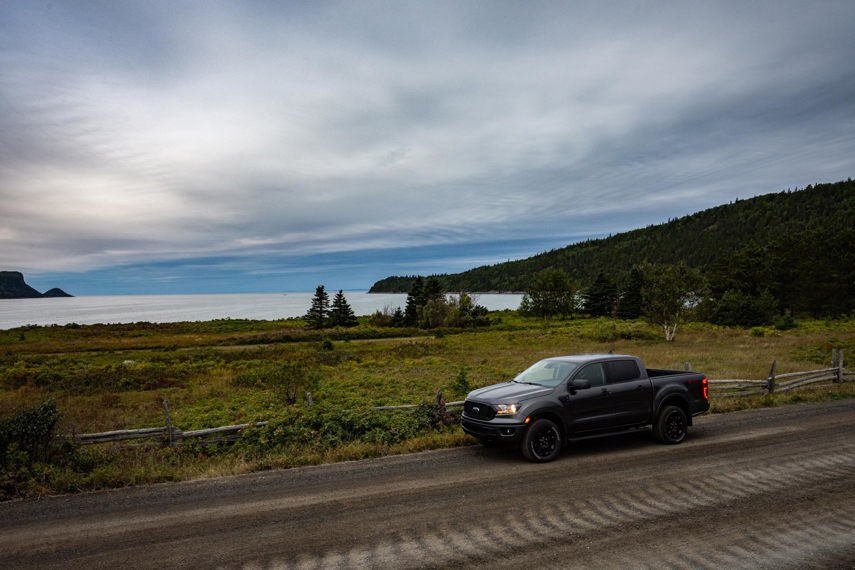
What is Overlanding?
Overlanding means different things to different people, but here’s a detailed definition from Overland Journal: “Overlanding describes self-reliant adventure travel to remote destinations where the journey is the primary goal. Typically, but not exclusively, accommodated by mechanized off-highway capable transport (from bicycles to trucks) where the principal form of lodging is camping, often lasting for extended lengths of time (months to years) and often spanning international boundaries. While an expedition is defined as a journey with a purpose, overlanding sees the journey as the purpose. Overlanding is about exploration rather than conquering obstacles. While the roads and trails we travel might be rough or technically challenging, they are the means to an end, not the goal itself. The goal is to see and learn about our world, whether on a weekend trip 100 miles from home or a 10,000-mile expedition across another continent. The vehicle and equipment can be simple or extravagant – they, too, are simply means to an end. History, wildlife, culture, scenery, self-sufficiency – these are the rewards of overlanding.”
Personally, I simply define overlanding as vehicle-based adventure travel. And here’s how I look at it: If you have a taste for adventure and exploration, and have an adventure-mobile that can take you out on a multi-day trip (and hopefully back as well), then you can go ahead and call yourself an overlander.
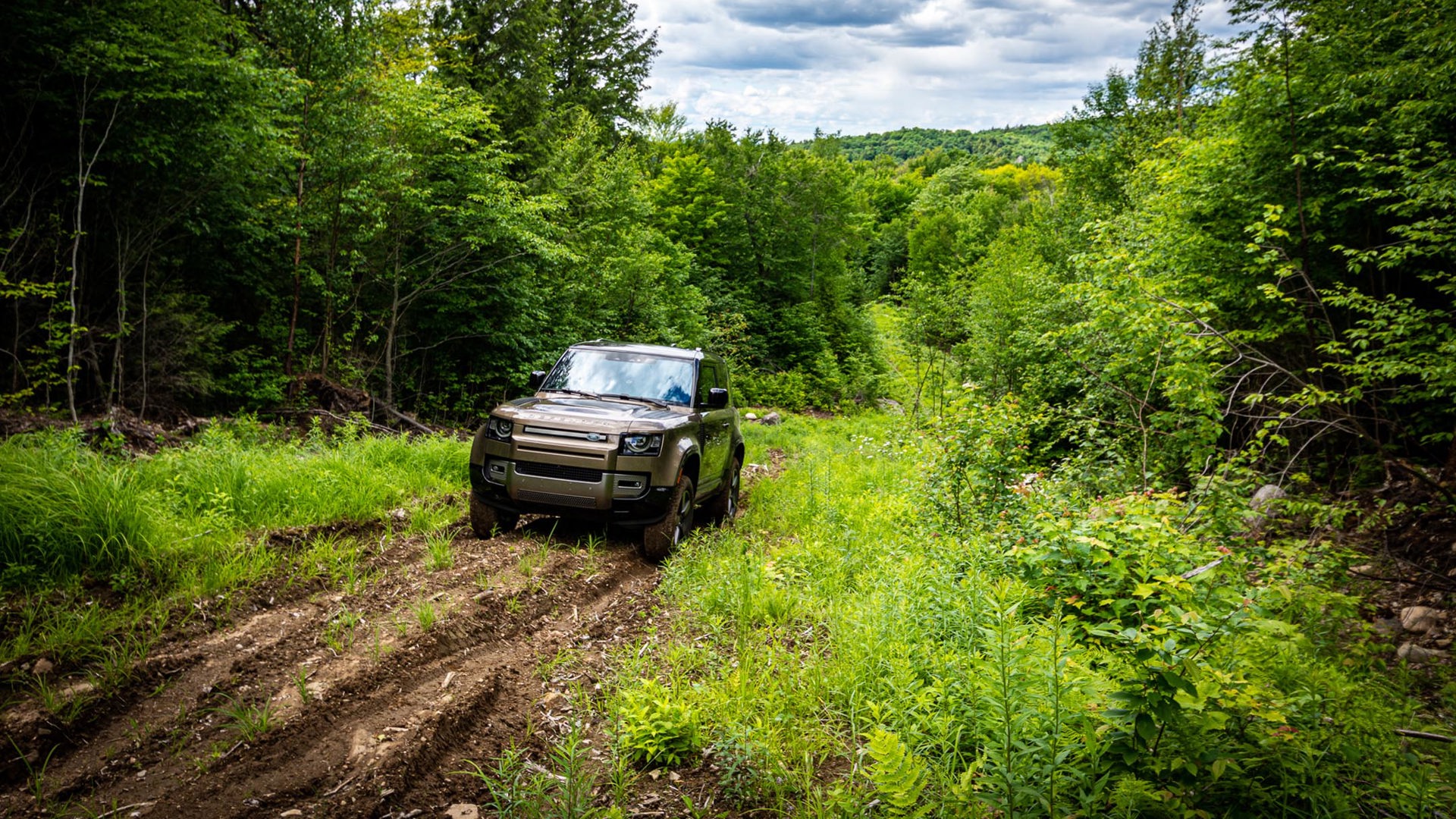
How to Plan for Your Overland Adventure
In a sense, overlanding is like off-road car camping. If you already have some car camping equipment, you are pretty much equipped to go on your first overland journey. You don’t need all the latest and coolest overland gear to get started. While a rooftop tent comes with a certain cool factor, it has some disadvantages. I’d recommend that you first rent a unit before purchasing one to see if you really like this type of sleeping accommodation. A ground tent, or even sleeping inside your vehicle are less expensive options worth experimenting with.
Contrary to car camping, where you’ll set up camp at an established campground with available washrooms and showers, overlanding requires that you’re a bit more self-reliant. While there is nothing wrong with using established campgrounds – or even spending a few nights in a cozy hotel room – overlanders are usually equipped to spend a few nights in the backcountry with no facilities. On that note, overlanders care for the environment and follow the leave no traces principle, which includes respecting and helping to preserve nature, and properly disposing of waste and carrying extra trash bags to pick up litter that has been left by others. As the saying goes, leave the area better than you found it, and only leave tire tracks behind.
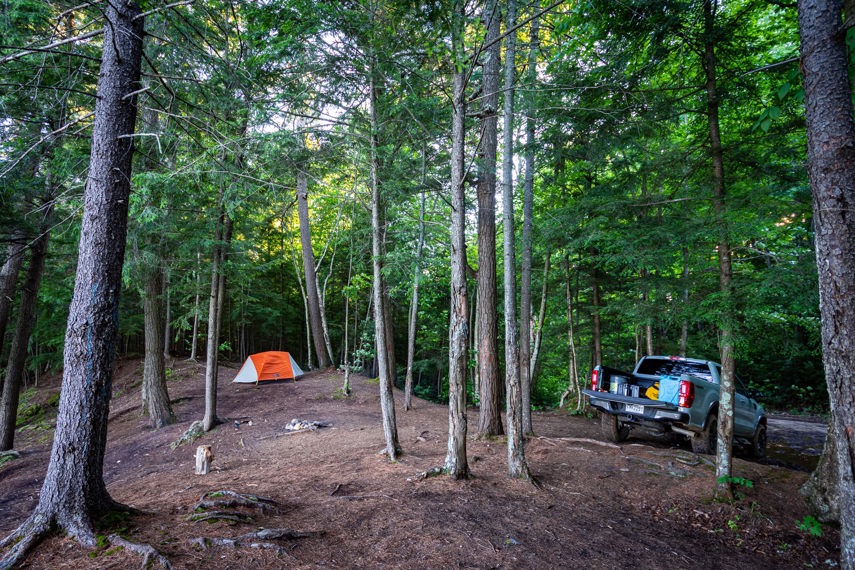
Unless you’re an experienced off-roader, leaving on your first overland journey to explore the backcountry solo isn’t recommended. One of the best ways to acquire off-road driving skills and gain some experience is to join an off-road club in your area. The club will have experienced off-roaders who will show you where to go and how to practice this hobby in a way that is safe and respectful to the environment. Additionally, experienced off-roaders can teach you “mechanical sympathy” so you don’t damage your vehicle when off-roading. It is a great opportunity to meet other overland enthusiasts and organize your first overland trip together. Most regions also have an overland group on Facebook where you can search for tips, ask questions, and find inspiration.
Safety and Preparedness for Overlanding
Remote exploration comes with added risks. Be sure to bring a first aid kit and know how to use it. If you travel solo, ensure someone at home knows where you’re going and when you’ll be back. Tell your contact at home about your expectations, for example, if you don’t contact them within a pre-established schedule (include a safety buffer in case of a minor delay so a search and rescue mission doesn’t get triggered unnecessarily) then it might be their sign that you may require help. Even better, fill out a trip plan available for free at adventuresmart.ca and send it to your contact. Cellphone reception may not be available in some remote areas, so a satellite phone or a two-way satellite communication device like a Garmin InReach Mini should be considered.
Make sure to bring enough water and consider bringing a water filtration system. As a general guideline, plan to be self-sufficient for 72 hours if you get stranded. You should also keep a survival kit in a “bug-out bag” that should include the following 10 essential items at a minimum:
- A headlamp/flashlight
- Fire making kit
- Signalling devices (e.g., a whistle and a mirror)
- Extra food and water
- Extra clothing
- Navigation (e.g., a compass/GPS unit)
- Communications
- First aid kit
- Emergency shelter
- A knife
I use a regular daypack as my bug-out bag (the same one I take on a hiking trip). Make sure it’s located close to the driver seat so you can quickly grab it during an emergency. It’s usually recommended that you remain with your vehicle if stranded, but in a situation where you must leave your vehicle behind (e.g., due to a vehicle fire), you’ll be glad to have some survival items with you.
In terms of clothing, consider the worst type of weather you may encounter and pack what’s needed for a comfortable stay. Your footwear is also important, and you may want to keep an extra pair of hiking shoes under your driver’s seat as a backup.
It’s a good idea to carry a fire extinguisher just in case. I keep mine in the cargo area, but once on the trail, I attach it to the driver seat via a headrest attachment to keep it closer. Consult the latest information about the forest fire danger and restrictions before departing. Your vehicle’s exhaust system runs very hot, so it can potentially start a fire. Always consider the type of terrain you are driving on and where you park to mitigate the risk of starting a fire.
For navigation, many overlanders use a mapping app like Gaia GPS, which comes with Apple CarPlay and Android Auto connectivity. The premium version comes with a Backroad Mapbooks layer, which is great when exploring Canada. Backroad Mapbooks also has digital and paper guidebooks that cover most of our country, and it’s always wise to bring paper maps and a compass (and to know how to use them together) since technology can fail or batteries can run out.
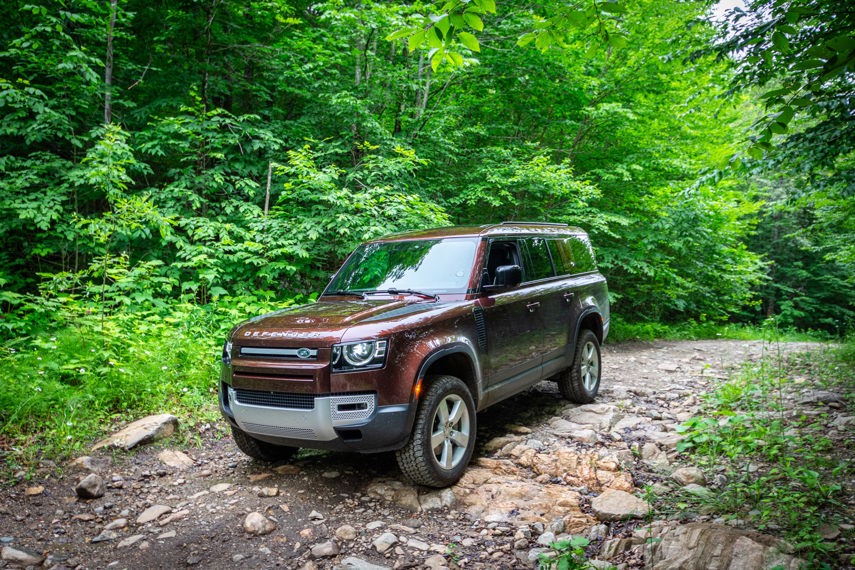
The Best Vehicles for Overlanding
There’s no such thing as the best overland vehicle, as we all have different needs and preferences. For some, a truck will be ideal, while for others, an SUV will be what they need to carry more people and accommodate an interior sleeping platform. A vehicle equipped with a 4x4 system that includes low-range is usually recommended as it comes with more off-road capability and is more robust to take on the abuse from the trails. However, depending on the type of exploration you’re planning to do, a vehicle simply equipped with an AWD system like a Ford Maverick or a Subaru Outback can get the job done. Just consider that a dry dirt road can be easy enough for an AWD vehicle, but after rainfall, the trail conditions can deteriorate and become a lot more challenging.
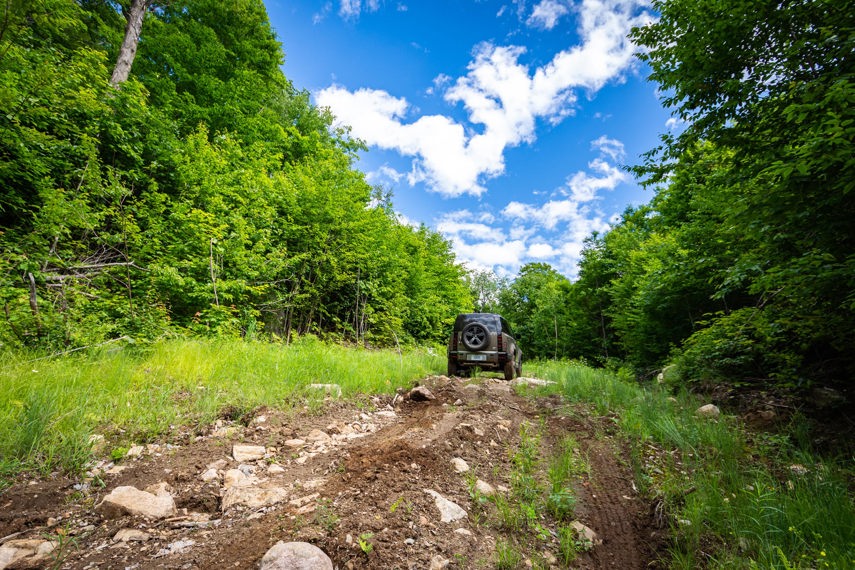
Vehicle Preparation and Recovery Gear
After considering the basic car camping equipment and survival items, exploring the backcountry will require additional gear, but it will depend on the type of vehicle you are using as your adventure-mobile. Regarding vehicle upgrades, proper tires should be considered first, as tire failure is the number one breakdown issue experienced by overlanders. Consider some light-truck all-terrain tires if you drive a 4x4 pickup or SUV. For an AWD vehicle, there are a few options out there in terms of off-road-ready tires adapted to lighter vehicles. Make sure to bring a spare tire and that your vehicle’s jack is operational. Bring a tire repair kit, a tire pressure gauge, and an air compressor to take care of a flat while in the backcountry. It would be wise to consider bringing a booster pack and a basic tool kit just in case.
Adventuring off the beaten path comes with the risk of getting stuck at some point. When it comes to vehicle recovery, since we’re dealing with heavy vehicles, there are many potential hazards involved. It’s critical to only use properly rated recovery points and gear and to get the training on safely using the equipment. For the purposes of this article, we will not address vehicle recovery techniques in depth, but if you only take one thing away from this article, I hope it will be this: Never ever attach a tow strap or a recovery strap/rope to a hitch ball, as it wasn’t designed for the type of force generated during a vehicle recovery. The hitch ball could break off and transform into a cannonball, resulting in physical injuries or worse. When using a hitch receiver for a vehicle recovery, you need a receiver shackle insert to attach a recovery strap/rope.
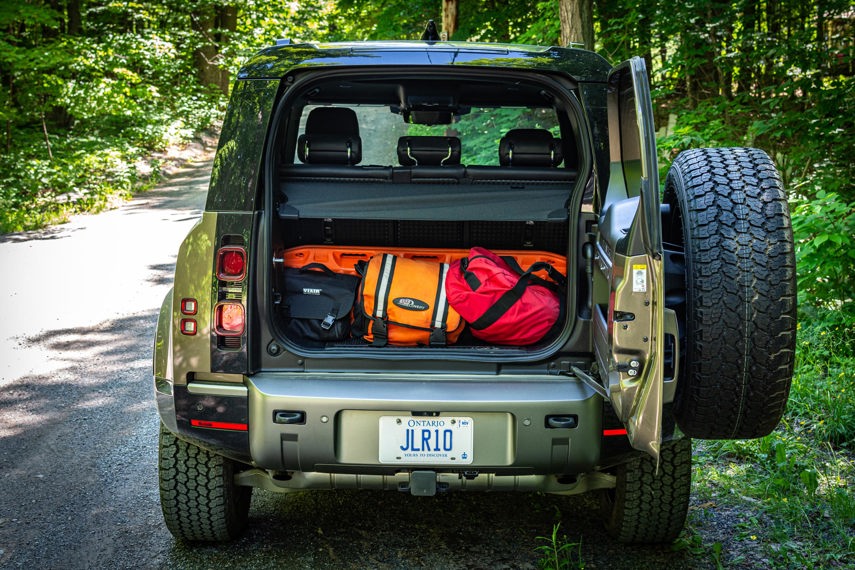
A winch is a nice piece of equipment, especially if you travel solo, but it’s not a must-have item. What I do consider a must is a reliable set of recovery boards, like those made by Maxtrax. Don’t buy cheap knock-off recovery boards, as they’ll likely break when you need them the most. Using recovery boards and a good shovel (a foldable shovel is acceptable) is one of the safest ways to extract a stuck vehicle, so I would start with that method if applicable to the circumstances. Investing in the right recovery gear for your vehicle is important, and learning how to safely use the equipment is just as important.
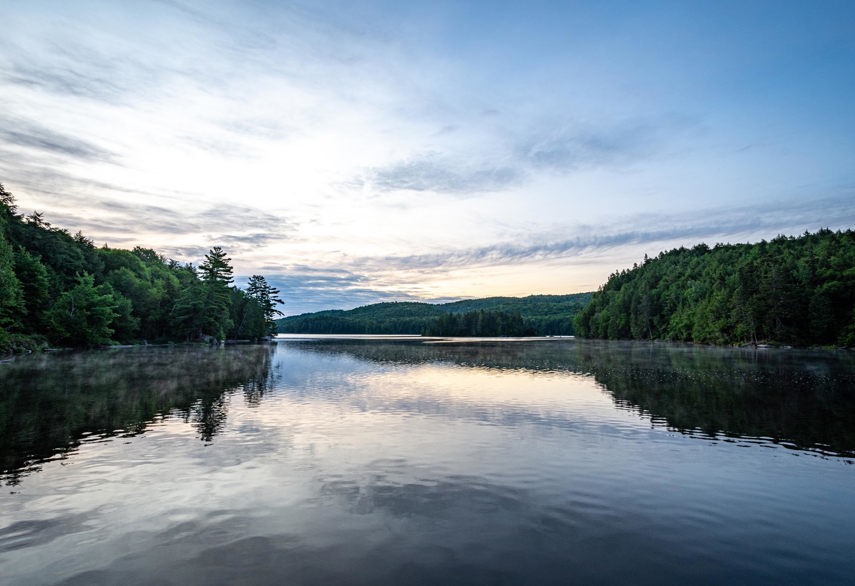
Final Thoughts
Overlanding allows us to disconnect from the daily routine and makes us appreciate the beauty of our country, and there are some interesting overland routes up here in the Great White North. If you want to give it a try, I suggest that you start close to home so you can familiarize yourself with your equipment. As you pack your vehicle with gear, make sure that everything is properly secured in place. Be careful not to exceed your vehicle’s maximum payload, which is displayed on the driver side’s B-pillar (remember that it’s called overlanding, not overloading). As overlanders, we do like cool gear, and when you look at those cool overland builds on Instagram, it’s tempting to go wild with upgrades. Fight the urge to buy stuff that you may not actually need at first. While there’s nothing wrong with personalizing your vehicle, it’s wise to do your research properly at first. Ask me how I know.
